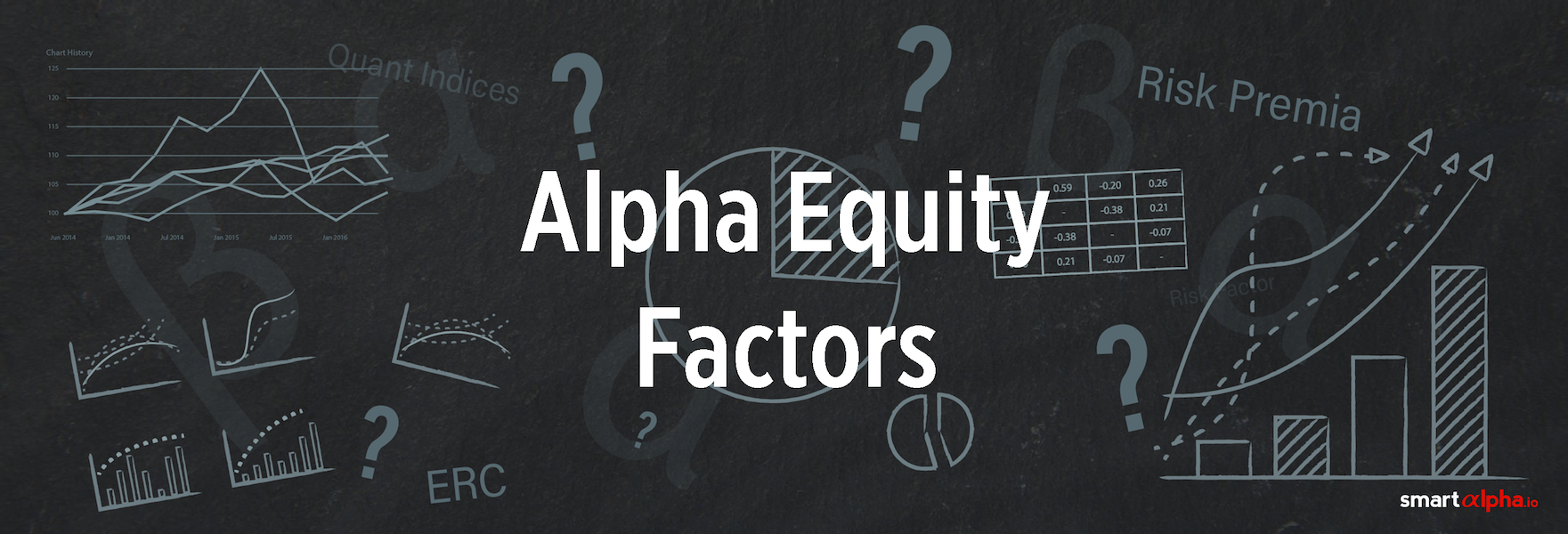
Traditional stock evaluation tools like the capital asset pricing model (CAPM) fail to explain why some underlying factors, or investment characteristics, generate higher returns than others. Strategies including smart beta and risk premia specifically target a range of factors to improve returns.
The CAPM model is based on the theory of efficient financial markets, using only one factor when calculating the price of an equity or portfolio: its volatility risk relative to the market’s (measured by beta).
While this model holds true if markets are efficient and investors accurately price securities, that is not always the case and some factors consistently fuel market-beating (alpha) returns.
Among them are size and value.
The Fama-French Three-Factor Model adds these two factors to the CAPM model, hence the ‘Three-Factor’ part of the title (beta plus size and value).
The standard CAPM model
The CAPM model is used to price equity investments, and explains excess returns (alpha) as a function of taking on greater risk. This is because investors need to be compensated for taking risks. The CAPM model is widely utilised by fund managers and investors, either in isolation or together with other stock evaluation tools.
According to CAPM,
Expected investment return = Rf + β(R m – Rf)
Where:
Rf = the risk-free rate of return (usually represented by treasury bills)
β = the beta value of the investment (a measure of its price sensitivity to market movements)
R m = return from the equity market (denoted by a benchmark fund such as the S&P 500 Index)
This relatively straightforward approach says that in an efficient market, the expected return from a financial asset or portfolio is equal to the risk-free returns that can be yielded from government bonds plus a risk premium.
The expanded Fama-French Three-Factor Model
Fama and French added size and value factors into the traditional CAPM model, resulting in a model that looks like:
Expected return = R f + β3(Rm – Rf) + b s x SMB + b v x HML + α
Where:
SMB stands for small minus big (stock size)
HML stands for high minus low (book/price ratio)
And their coefficients, b s and bv, determine the magnitude of the small-cap and value premium.
The expanded model is still based on efficient market theory, meaning that small stocks or undervalued ones are assumed to deliver better returns because they are riskier. However, many investors and market commentators do not believe this relationship holds entirely true.
To some, small caps are undervalued since they are not as visible to investors and less information is available (hence, inefficient market pricing). Value funds tend to outperform over the long term because they are undervalued relative to their fundamental fair value. Both factors outperform over long time horizons, while other factors (such as momentum) often deliver better returns over shorter boom periods.
Whether investors believe the expanded three-factor model explains outperformance based on market efficiency or on market inefficiency, the model still provides a more comprehensive pricing and portfolio management tool than the standard CAPM version.
Fama and French have since added two more factors (profitability and investment) to the three-factor model, though their five-factor model was not as well received. This was partly because these new factors tended to interact with one another. Further, it ignored other well-regarded factors that can explain alpha fund returns, such as low volatility – which aids in risk management and yields better risk-adjusted returns.
Other CAPM extensions seek to account for the risk premiums associated with various factors.
Beyond the equity market
Applying factors to other asset classes such as fixed income is more difficult, and models which do so are still being fine-tuned. Some research papers have in recent years been put to the market with theories on how these factors can be harnessed in asset classes outside the equity market. This is an important development, since factor-
based smart beta indices are starting to include fixed-income securities
such as corporate bonds.
Factors behind bond returns, which can be absorbed into pricing models and fund management strategies, include interest rate changes and creditworthiness.
Smart beta strategies use alternatively-constructed indices to take advantage of market inefficiencies and underlying risk factors. These relatively new strategies are competing with mutual funds for capital, a trend which is driving some consolidation in the industry as asset managers buy into index providers.
The number of smart beta products is growing esponentially. Index provider BlackRock expects the value of smart beta ETFs to organically grow by 19% a year for the next nine years.
Further, smart beta funds can be suitable for alternative investment requirements including those needed under Shariah finance laws.
Since smart beta funds target superior risk-adjusted returns (which can be partly explained under expanded CAPM models), many believe smart beta funds are alpha strategies.
Besides long-only smart beta strategies, risk premia strategies can also target these underlying factors through long-short positions in a portfolio. A risk premia strategy, for example, might invest in smart beta funds while short selling the benchmarks against which these funds are measured.


